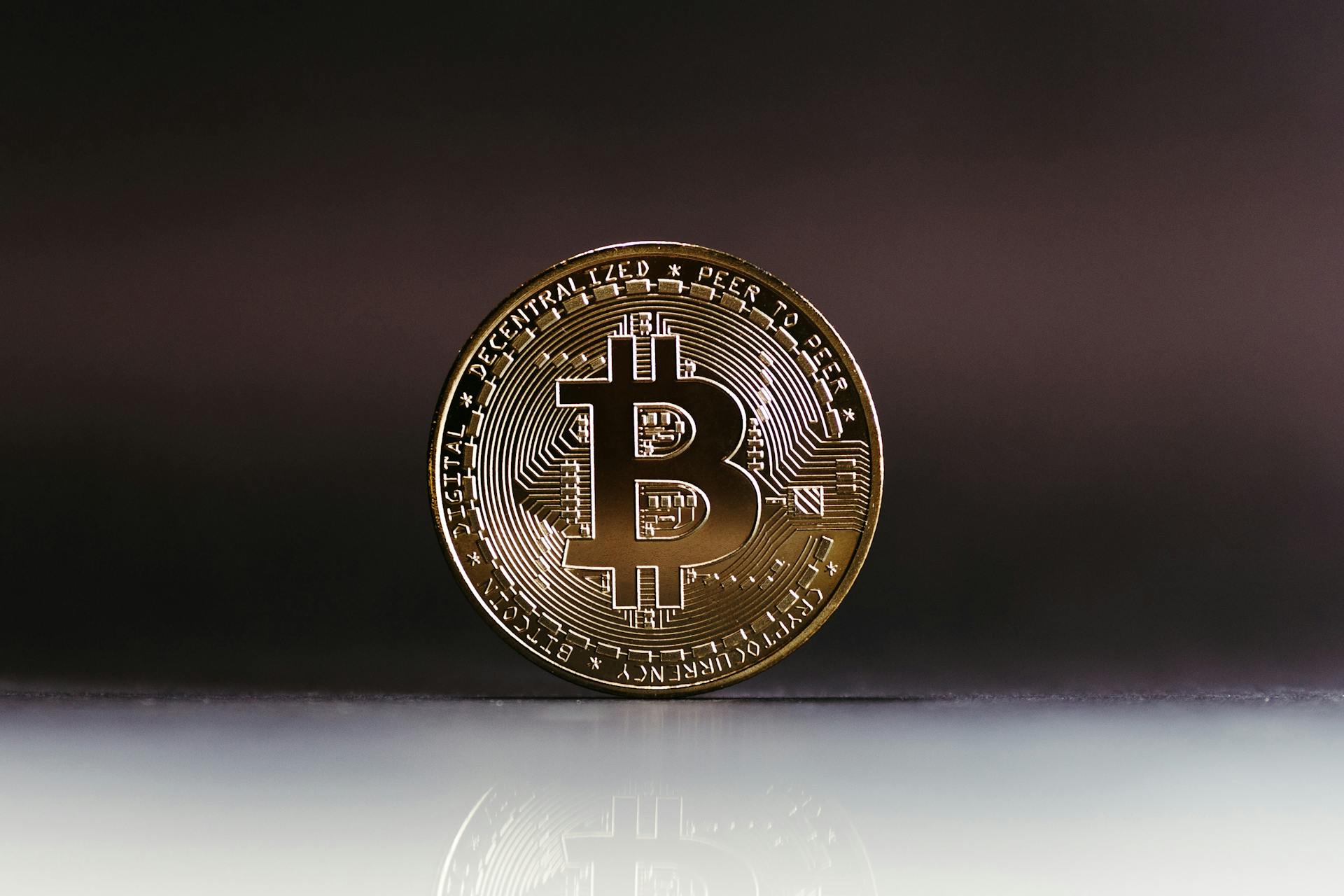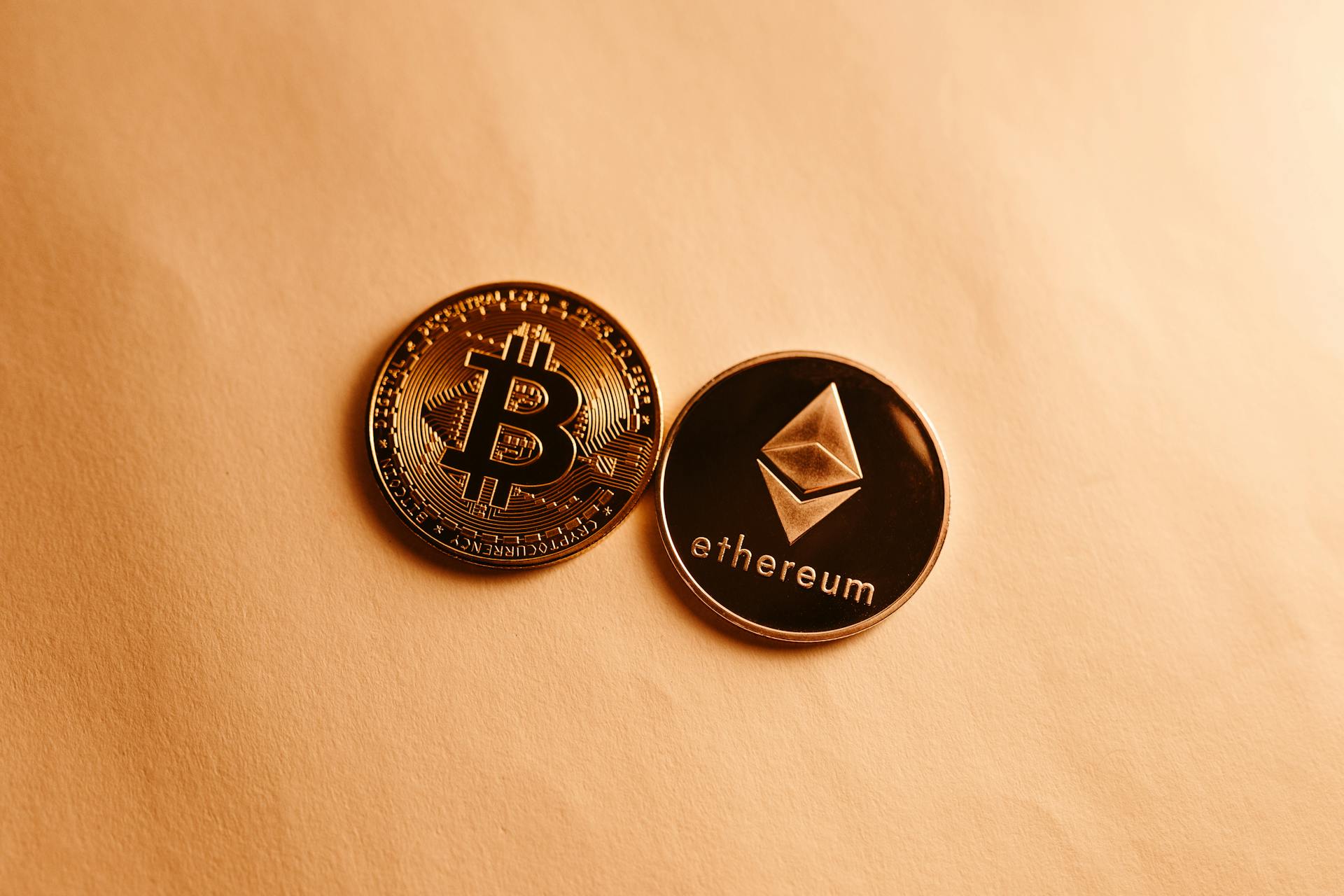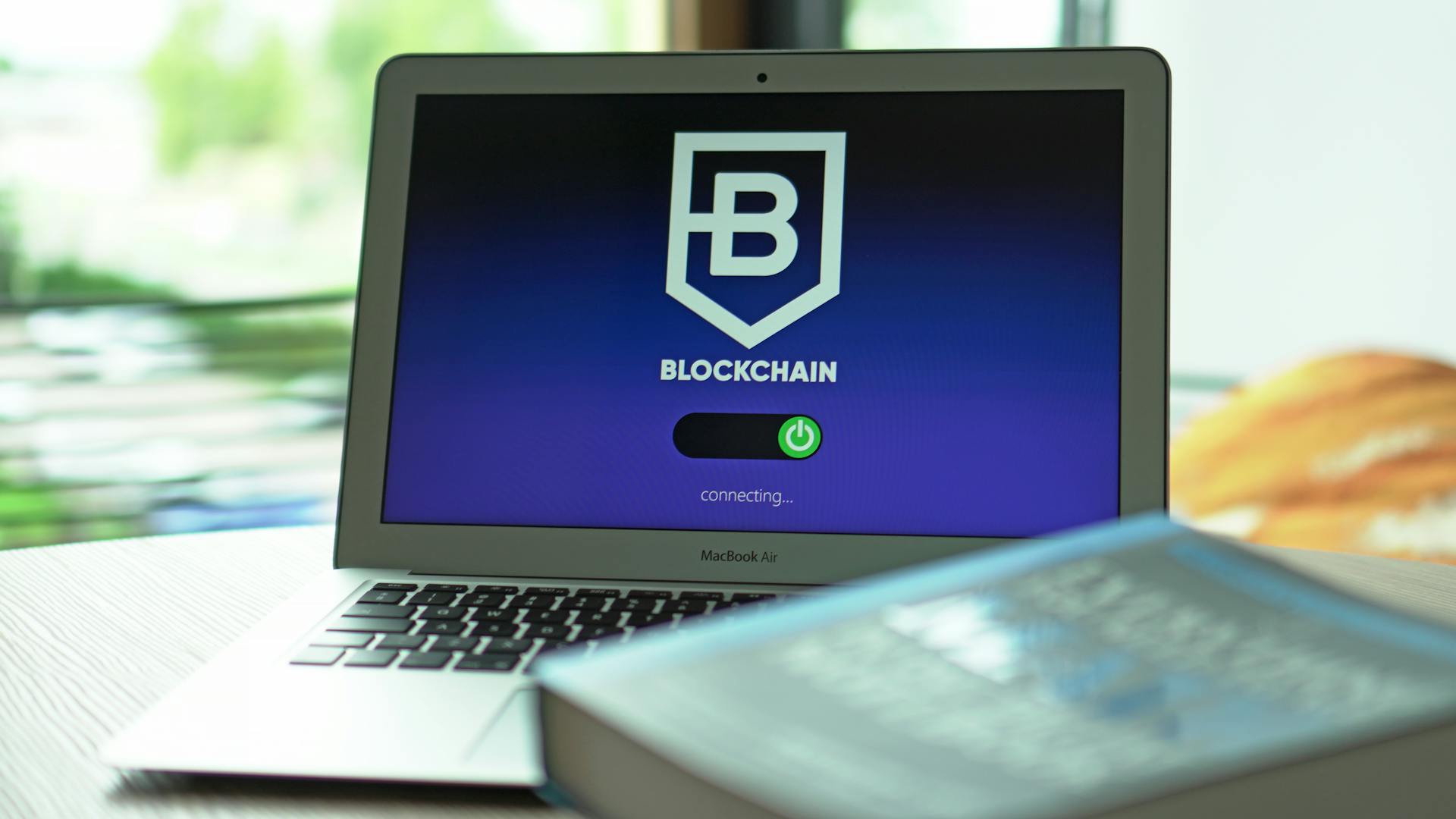
DeFi liquidity mining is a fascinating space that's gained significant traction in recent years. It's a way for users to earn rewards by providing liquidity to decentralized finance (DeFi) protocols.
To get started, you'll need to understand the concept of liquidity pools, which are collections of assets that traders can use to buy and sell cryptocurrencies. These pools are typically managed by smart contracts, which ensure that trades are executed fairly and efficiently.
Liquidity mining rewards are usually paid out in the form of governance tokens, which can be used to vote on protocol decisions and participate in future token sales. For example, the popular DeFi protocol Uniswap pays out liquidity mining rewards in its native UNI token.
By providing liquidity to DeFi protocols, you're helping to create a more liquid and efficient market for traders. This can have a positive impact on the overall health of the cryptocurrency ecosystem.
Explore further: What Are Bitcoin Mining Pools
The Importance
Liquidity is the lifeblood of any financial market, and the same holds true for DeFi. Without sufficient liquidity, users may face challenges in executing trades efficiently, prices may become more volatile, and the overall user experience can suffer.
Liquidity providers play a vital role in alleviating these issues by supplying their assets to DeFi platforms. They earn rewards in the form of trading fees and additional tokens.
More liquidity means less slippage and better price stability, which attracts more traders and investors. This leads to a more efficient market.
Liquidity providers support the growth and adoption of DeFi projects, fostering innovation in the ecosystem. By providing liquidity, they help bootstrap liquidity for new DeFi projects.
Here are the benefits of liquidity mining for liquidity providers:
- High Yields: Potential for significantly higher returns compared to traditional investments.
- Accessibility: Open to anyone with crypto assets, regardless of location or status.
- Ecosystem Growth: Helps bootstrap liquidity for new DeFi projects.
- Governance Tokens: Many projects distribute governance tokens, giving LPs a say in the platform’s future.
- Market Efficiency: Increased liquidity leads to better price discovery and reduced slippage.
Key Components and Strategies
To succeed in DeFi liquidity mining, you'll want to focus on key components and strategies that help you navigate this complex space. Choosing the right platform is crucial, so evaluate platforms based on their security, team, community support, and past performance.
Opt for platforms with multiple security audits and a strong reputation. This will give you peace of mind and help you avoid potential pitfalls.
Here are some popular DeFi liquidity mining strategies to consider:
- Stablecoin Pools: Provide liquidity to pools with stablecoins like USDT or DAI for lower risk.
- Governance Tokens: Stake tokens to earn governance tokens like COMP or AAVE.
- Multi-Platform Farming: Spread your assets across multiple platforms to diversify risk and maximize returns.
Key Components
A liquidity pool is a collection of funds locked in a smart contract, used to facilitate decentralized trading, lending, and other functions. This is the backbone of many decentralized exchanges (DEX), such as Uniswap.
Liquidity pools are created when users called liquidity providers (LP) add an equal value of two tokens in a pool to create a market. In exchange for providing their funds, they earn trading fees from the trades that happen in their pool, proportional to their share of the total liquidity.
A liquidity provider (LP) is a user who deposits their assets into a liquidity pool. This allows them to earn rewards in the form of tokens, which are given as an incentive for providing liquidity.
Here are the key components of a liquidity pool:
- Liquidity Pool: A collection of funds locked in a smart contract.
- Liquidity Provider (LP): A user who deposits their assets into a liquidity pool.
- Rewards: Tokens given to LPs as an incentive for providing liquidity.
- Smart Contracts: Automated programs that manage the pools and distribute rewards.
These components work together to facilitate decentralized trading and lending, making it possible for anyone to participate in the market.
What Is IL?
Impermanent loss, or IL for short, is the opportunity cost of holding onto an asset for speculative purposes versus providing it as liquidity to earn fees.

IL is a result of the extreme volatility of digital assets, making it almost impossible to avoid.
The value of an asset can double in a short period, like 5 days, but the fees earned from providing liquidity won't even cover half of what you would have made by holding onto it.
Losses are only realized if you withdraw your liquidity, so it's possible to avoid IL if the market returns to the original price.
Explore further: Avoid Overdraft Fees
Risks and Challenges
Impermanent loss is a real risk in DeFi liquidity mining, and it occurs when the value of deposited assets fluctuates, potentially leading to a lower value compared to holding the assets separately. This can happen even with stable pairs.
Smart contract risks are also a concern, as bugs in the code can lead to hacks or loss of funds. Always research the security measures and audit reports of a platform before investing.
Regulatory uncertainty is another challenge, as the legal status of liquidity mining is still evolving in many jurisdictions. This can make it difficult to predict the future of your investments.
Broaden your view: Value of Money
Here are some of the key risks and challenges in DeFi liquidity mining:
- Impermanent Loss: Risk of loss due to price fluctuations between paired assets.
- Smart Contract Vulnerabilities: Bugs in the code can lead to hacks or loss of funds.
- Regulatory Uncertainty: The legal status of liquidity mining is still evolving in many jurisdictions.
- Token Price Volatility: Reward tokens can experience significant price swings.
- Complexity: Strategies can be complex, requiring constant monitoring and adjustment.
- Gas Fees: On networks like Ethereum, high gas fees can eat into profits.
Risks and Challenges
Liquidity mining is a high-risk, high-reward endeavor.
Impermanent loss is a real concern, where the value of deposited assets fluctuates, potentially leading to a lower value compared to holding the assets separately. This can happen even if the assets themselves don't change in value.
Smart contract vulnerabilities are a significant risk, as bugs in the code can lead to hacks or loss of funds. Always research the security measures and audit reports of a platform before investing.
Regulatory uncertainty is another challenge, as the legal status of liquidity mining is still evolving in many jurisdictions. This can leave investors with a lot of uncertainty and risk.
Token price volatility is a risk, as reward tokens can experience significant price swings. This can make it difficult to predict the value of your rewards.
Here are the six main risks and challenges to consider:
- Impermanent Loss: Risk of loss due to price fluctuations between paired assets.
- Smart Contract Vulnerabilities: Bugs in the code can lead to hacks or loss of funds.
- Regulatory Uncertainty: The legal status of liquidity mining is still evolving in many jurisdictions.
- Token Price Volatility: Reward tokens can experience significant price swings.
- Complexity: Strategies can be complex, requiring constant monitoring and adjustment.
- Gas Fees: On networks like Ethereum, high gas fees can eat into profits.
The Impact
Liquidity mining has been a key driver of the DeFi boom, contributing to its rapid growth. This is evident in the way it has encouraged the development of new DeFi protocols and strategies.
Decentralization is another area where liquidity mining has had a significant impact. By distributing tokens more widely, it has the potential to lead to more decentralized governance.
Liquidity mining can significantly impact token prices and market behavior, which can be both a blessing and a curse for investors.
On a similar theme: H B L Power Share Price
Frequently Asked Questions
Is liquidity mining worth it?
Liquidity mining can be a lucrative opportunity, but it comes with risks like impermanent loss, so weigh the benefits against the potential downsides carefully
Featured Images: pexels.com


